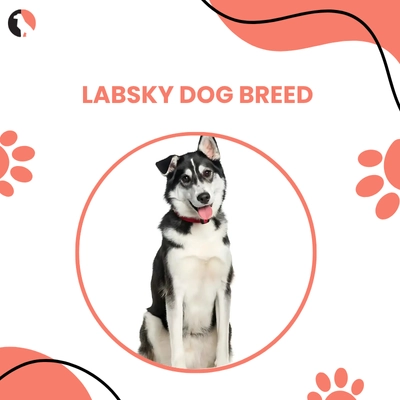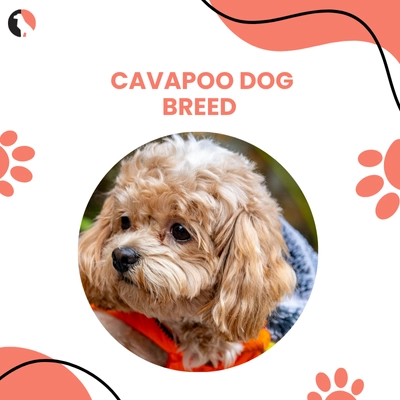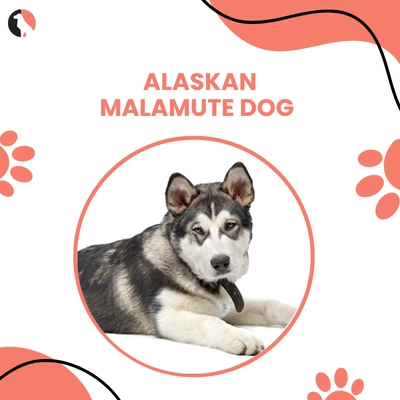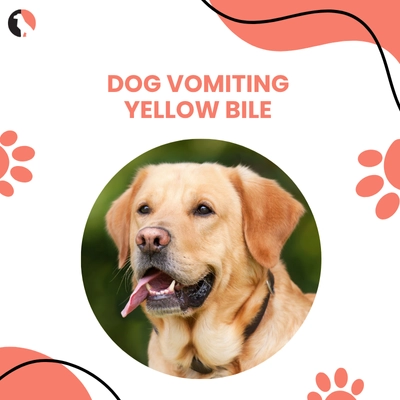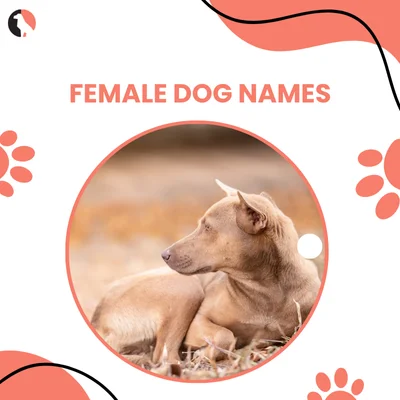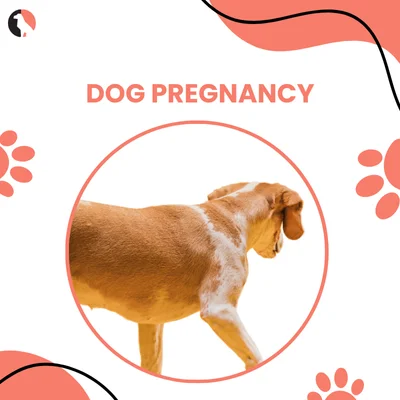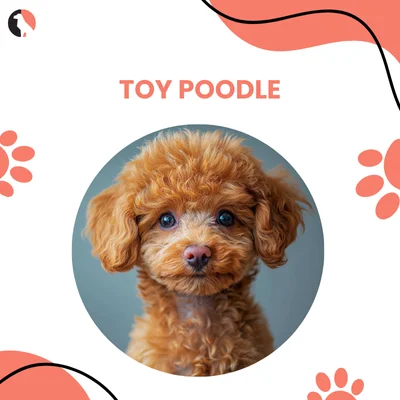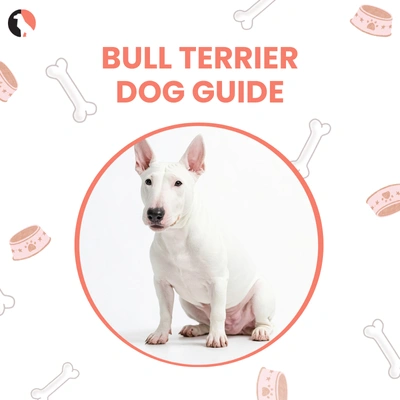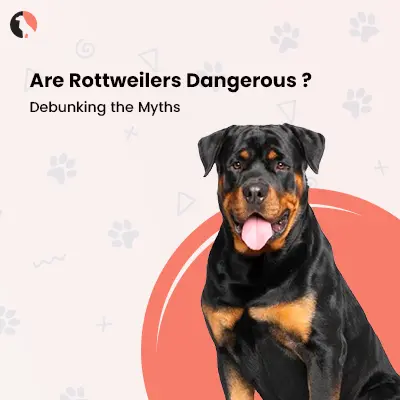Have you ever seen some of the Labradors develop grey hair on the face or the body? Dogs can also turn gray as they age, just as humans do. A Gray Labrador does not necessarily imply that something is wrong; most likely, it means that your dog is simply growing at an age. There are dogs that can begin to turn gray at the age of 5 or 6, and there are those that remain the same color a little bit longer.
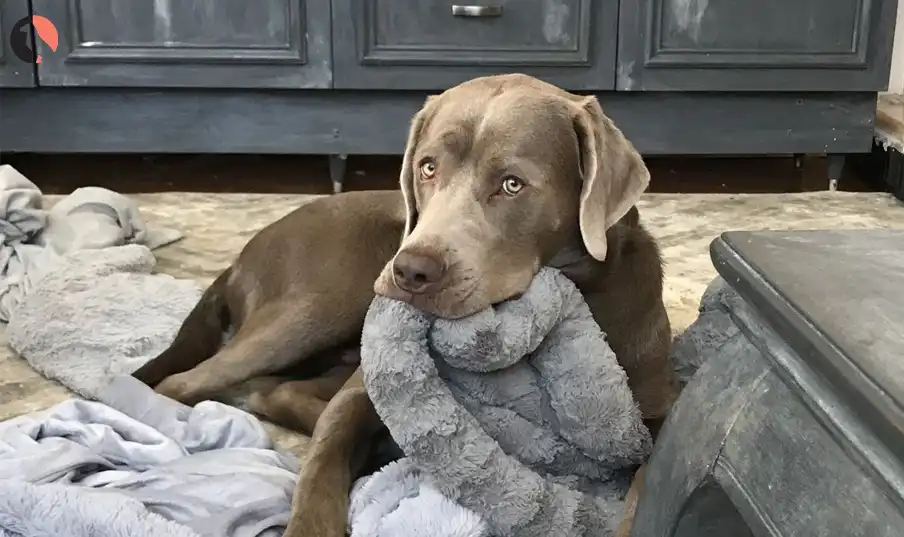
We will discuss in this blog why dogs get gray hair, at what age, and what it could represent in the health of your Labrador. You will also know how to take care of your dog as he/she grows old and make him feel happy and loved.
Not all dogs are born gray, but some are born that way or used to be younger. This guide will give you an insight into how your graying/gray dog went that way.
Why Dogs Get Gray Hair
Dogs can even have gray hair just like human beings. It is a part and parcel of growing old. The gray hair tends to appear around the face, particularly on the eyes, mouth and chin. Dogs can begin to go gray even at the age of 5 years.
But it is not the only reason for being older! Stress, anxiety or even the gene could make some dogs develop gray hair. Assuming that the parents of your Labrador had grayed early in their age, you may experience the same with your dog. They are not sick; it is just how their body functions.
Grey hair normally does not make your dog feel pain or that there is something wrong. However, when the change occurs extremely rapidly, or you notice other issues with your pet, it is best to consult your vet.
White hair is only a minor indicator that shows that your dog is ageing- and getting wiser!
Caring of Gray Labrador
Gray Labradors are still as full of fun and affection as ever– they only are a little sprinkled with silver! As your Labrador matures, he or she needs an additional nurturing element so as to remain a happy and healthy dog.
See that they are fed on good food with adequate nutrients daily by older dogs. Ubiquitous walking or the light playing serves to keep their joints firm. Comfortable naps are also achievable with soft bedding for their aging bodies.
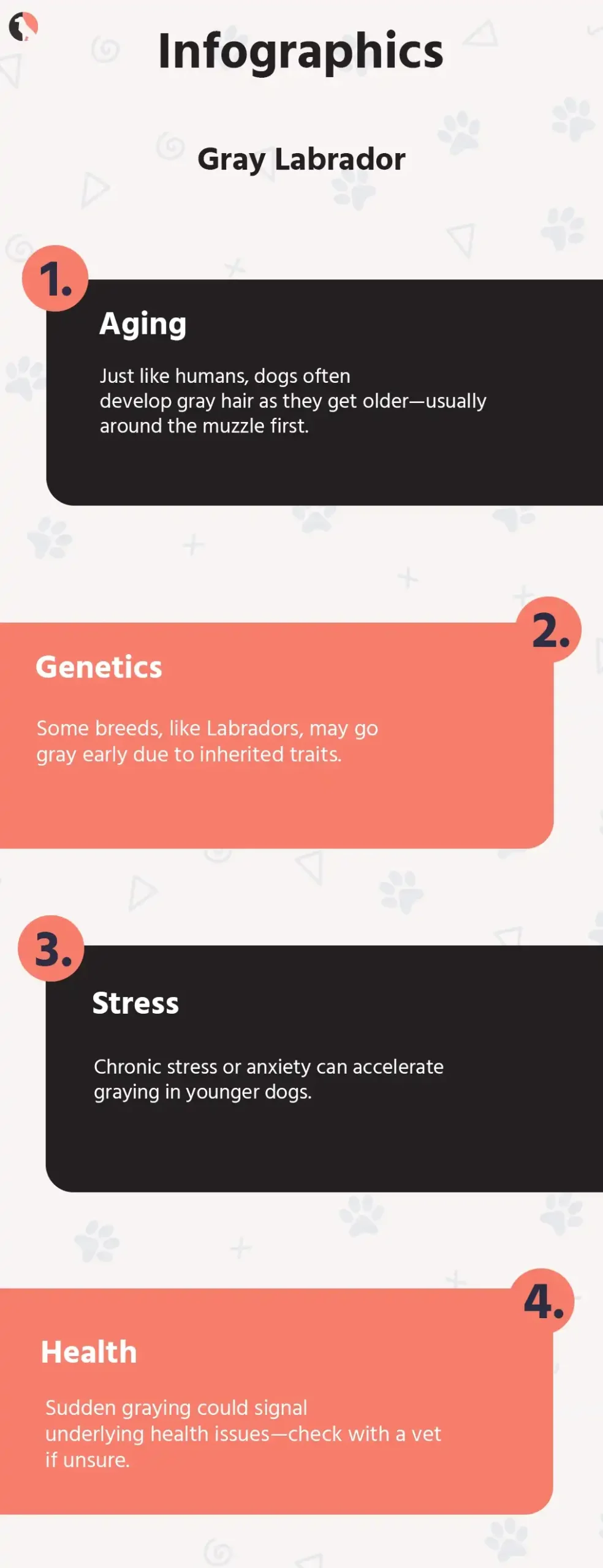
They have to be taken to the vet regularly. Your vet is in a position to screen for any health problems early. You should also monitor the weight, the energy, and the behavior of your Labrador. Any large fluctuations could be an indication that it is time to make a check-up.
Just love them above all! Gray labradors are sweet and loyal. A bit more attention will make them much more entertained during their golden age with wagging tails and hugs.
So is Grey Labrador a Different Breed?
It is not a different breed, no, gray Labrador is not a different breed. It remains a common Labrador Retriever. The gray color normally occurs when the dog becomes older and begins to have gray hair, just like in human beings.
Gray labradors may be mistaken by some people with Silver labradors, yet the difference exists. A silver Labrador is born as having a light gray coat or a silver coat. Neither is it due to age, that is their natural color.
Gray Labrador, on the contrary, often possessed a darker jacket in their younger years, then getting gray as they grew. So when your Lab is becoming gray, it does not mean that he/she is a different type of dog, it means he/she is simply growing old.
Gray Hair vs. Health Concerns
Old age is normally the reason why dogs turn grey. However, it might lead to other health problems sometimes, too. In case your pet begins to turn grey at a very early age or you notice a change in the coat as well as behavior, the vet is not a bad person to visit.
Look out also:
- Less energy or having no desire to play
- Not eating enough/gaining/losing weight rapidly
- Skin complications or losing hair
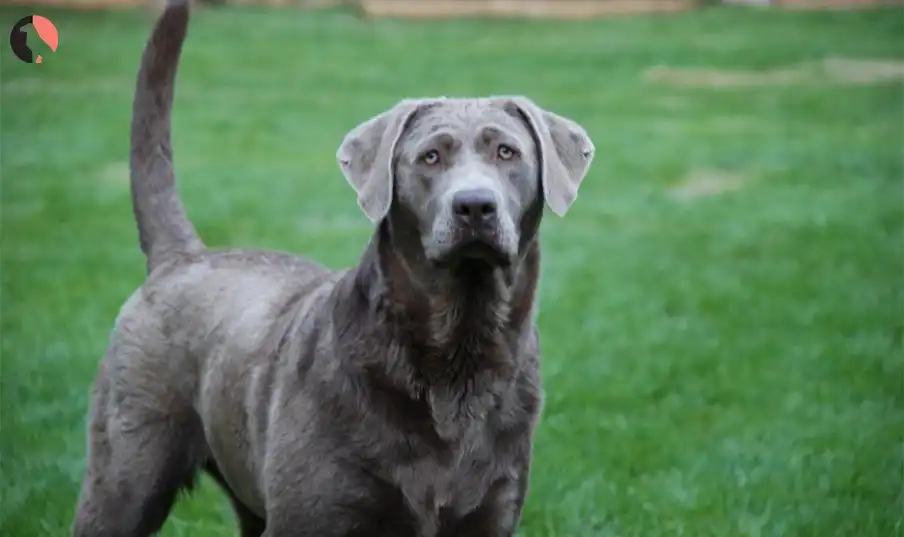
When there is just one of the gray ones, then it is most probably that your dog is just aging. However, you should call a vet check in case you realize more changes, as this will ensure that all things are well.
For more pet care tips, visit our site ibelu

















